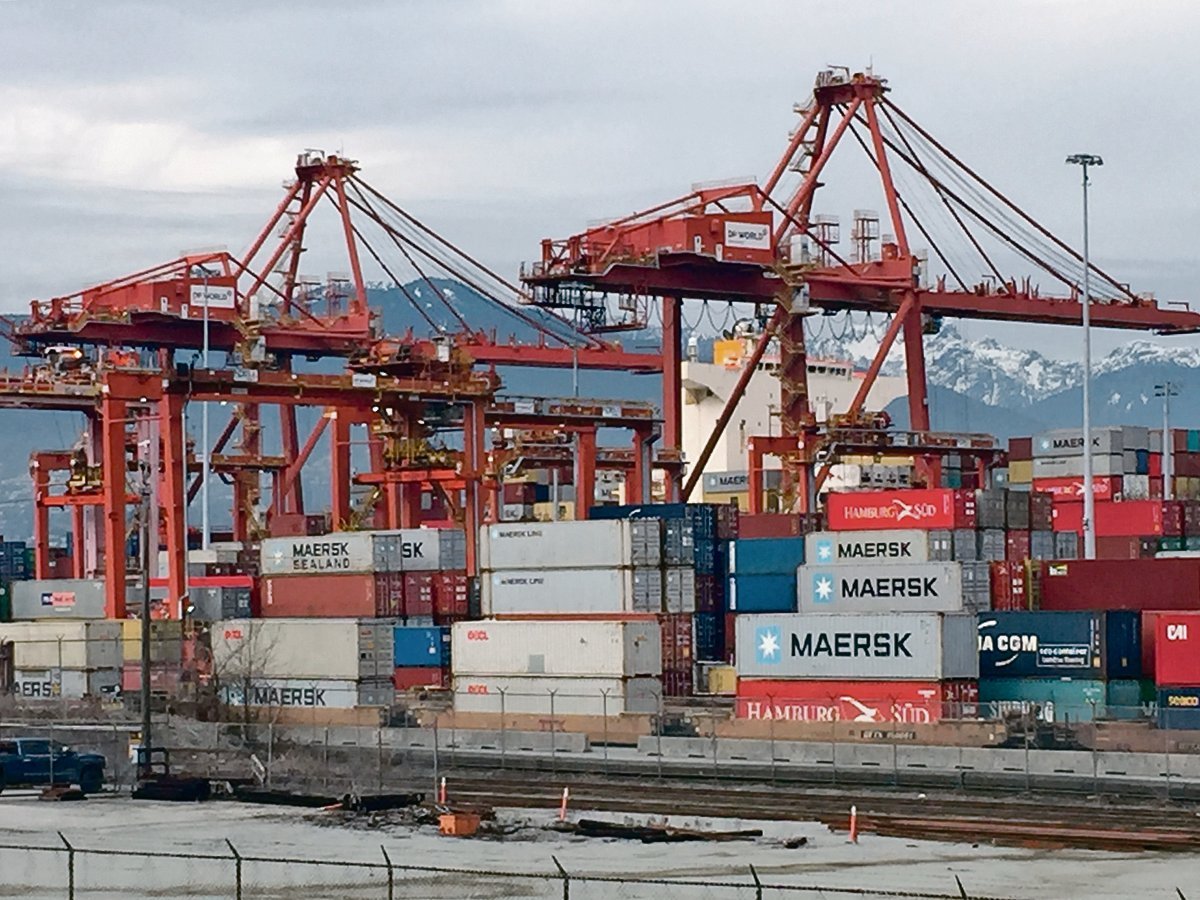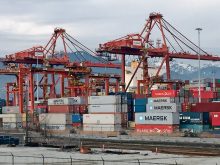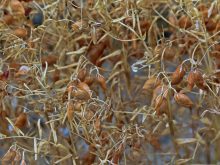The rising price of wheat is clearly a good news story for farmers.
But it’s getting a different treatment from urban and general media outlets around the world.
Their stories have generally cast rising wheat prices in a negative light, blaming them for driving up the cost of bread and other food products for consumers.
“Wheat soars, bread’s rising”, said a Sept. 6 headline in the Chicago Tribune.
“Italians set to boycott pasta as wheat price reaches record level,” according to The Scotsman.
Read Also

Message to provincial agriculture ministers: focus on international trade
International trade stakeholders said securing markets in the face of increasing protectionism should be the key priority for Canada’s agriculture ministers.
“Wheat price surge bites baguettes,” said the Financial Times.
That kind of negative spin isn’t sitting well with prairie wheat growers.
“Farmers are calling us and saying ‘we don’t like having the finger of blame pointed at us,’ ” said Canadian Wheat Board spokesperson Maureen Fitzhenry.
Wheat is obviously a crucial ingredient in items like bread, other baked goods and pasta, but it accounts for a small share of the total cost of production.
Graham Worden, senior manager of technical services for the board, said the value of the wheat in a typical loaf of grocery store bread represents about 5.3 percent of the loaf’s retail price.
Here’s his calculation, for a 560 gram, or 20-ounce, loaf of bread, priced at $1.69:
- Producing a 560 gram loaf requires 670 grams of dough.
- Producing 670 grams of dough requires 375 grams of flour.
- Producing 375 grams of flour requires 500 grams (or half a kilogram) of wheat.
- A farmgate wheat price of $190 a tonne translates into about 19 cents per kg, or 8.5 cents for 500 grams.
- That 8.5 cents worth of wheat represents a little more than five percent of the price of the loaf.
The other 95 percent is made up of transportation, fuel, packaging, marketing, labour, taxes and profit margins extracted along the way by millers, bakers and retailers.
A $30 a tonne increase in the price of wheat should translate into a one cent increase in the price of a loaf of bread.
“The honest story is that the true value of wheat in a loaf of bread has only gone up maybe one or two percent,” he said.
However Worden, who has worked in both the milling and baking industries, said industry pricing doesn’t seem to follow that economic reality.
“It’s interesting that when commodity prices go up, then they immediately raise the price of the consumer product, but when prices go down the price doesn’t go down because wheat is such a small part of the price.”
Paul Hetherington, president and chief executive officer of the Baking Association of Canada, said his industry is being buffeted by a broad array of increased input costs.
“It’s not just restricted to wheat,” he said. “Wheat is certainly a fundamental cost for us, but there is a lot of upward pressure in a lot of areas.”
Any time a product is handled as much as wheat is on its journey from the combine to the grocery store shelf, the costs will add up quickly.
Hetherington added no one is suggesting farmers shouldn’t be getting the higher prices.
“It’s not a case of laying blame. It’s just a recognition of reality that higher wheat prices means higher bread prices,” he said.
Worden said he recently came across an article in a 1980 issue of the CWB publication Grain Matters on the same subject.
At that time a loaf of bread was sold for 60 cents and the value of wheat was $130 a tonne. Today, that loaf of bread has doubled or tripled in price, while the price of wheat has increased by 46 percent.
“The price of bread has gone up a lot more than the return to farmers,” he said.














